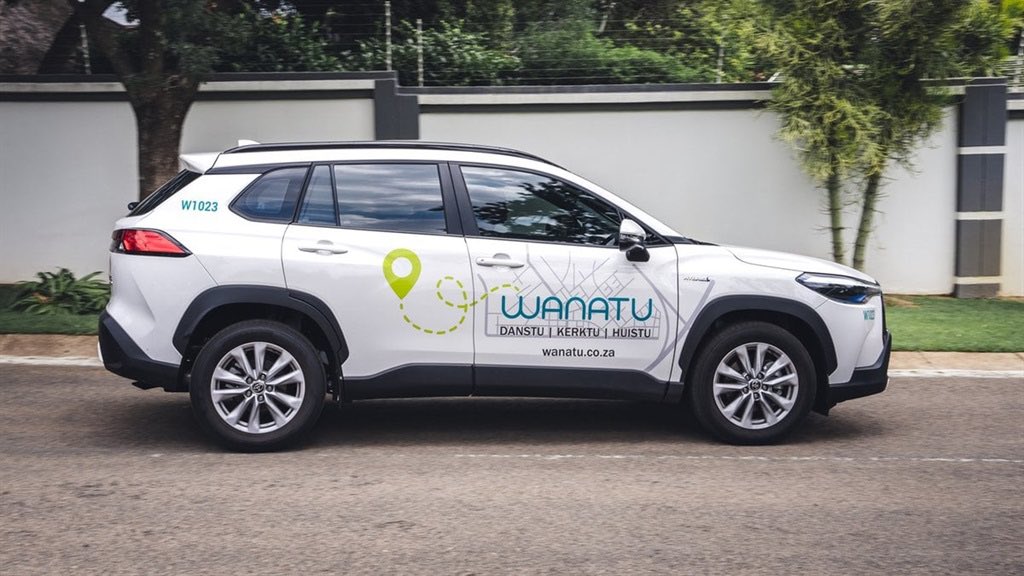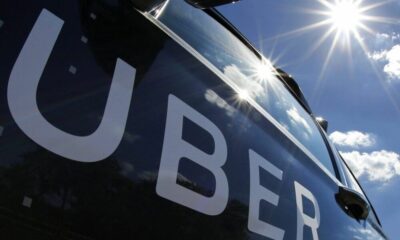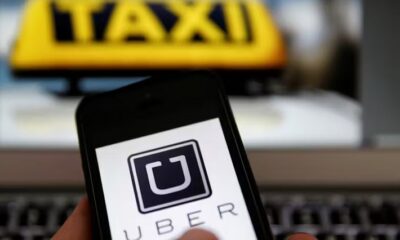Business
Wanatu Struggles with App Bugs and High Prices Despite Safety Reputation

Wanatu’s Rocky Ride: The Struggles Behind the ‘Afrikaans Uber’
Safety, language, and service: Where Wanatu shines and stumbles
When Wanatu celebrated its first birthday in October 2025, the Pretoria- and Centurion-based e-hailing app was hailed by some as a homegrown alternative to Uber. With a fleet of fully vetted, company-employed drivers, dashcams in every vehicle, and 24/7 panic button monitoring, the service quickly gained trustespecially within Afrikaans-speaking communities. Schoolchildren, elderly passengers, and commuters praised its emphasis on safety and professionalism.
Yet beneath this polished exterior, Wanatu is hitting a rough patch. Users and industry observers have raised concerns about its buggy app, poor customer ratings, and pricing strategy, painting a picture of a service struggling to maintain momentum.
Early growth, high expectations
Wanatu launched in October 2024 and hit 10,000 users by December. By March 2025, the platform boasted over 50,000 users, and early reports highlighted expansion plans to additional cities. CEO Judith van der Walt told MyBroadband in March that Wanatu was poised for rapid growth, with upgrades and new features in the works.
However, eight months later, the company refused to provide any updated figures or details on expansion. Questions about app downloads, daily ride bookings, fleet growth, and new features went unanswered.
This silence has sparked criticism and speculation among industry watchers and social media users alike.
App issues sour the ride
Despite its safety-first approach, the Wanatu app has faced persistent technical problems. Users report difficulties registering, crashes when uploading photos, and failure to receive one-time PINsa problem that dates back to the app’s early months.
App store ratings tell the story:
-
January 2025: 3.6/5 on Apple App Store | 3.8/5 on Google Play
-
November 2025: 2.2/5 on both platforms
Recent Google Play reviews show 7 out of the last 10 ratings at one star, with complaints centred on broken features and perceived overpricing.
Yet, some loyal users remain positive, praising the drivers’ professionalism and clean cars, with many citing safety and reliability as reasons to continue using the service.
The pricing dilemma
One of Wanatu’s biggest challenges is pricing perception. While not directly positioning itself against Uber, its fares mirror Uber Black or Bolt Premium rates, making it a premium option in an already competitive market.
-
5 km trip: Wanatu R93.70 | Uber Black R123 | Bolt Premium R107
-
18 km trip: Wanatu R253.46 | Uber Black R362 | Bolt Premium R211
-
24 km trip: Wanatu R301.20 | Uber Black R324 | Bolt Premium R260
For short trips, Wanatu often remains the cheapest option. For medium to long distances, its fares fall between Bolt Premium and Uber Black. However, Uber and Bolt offer lower-cost alternatives for those willing to sacrifice some luxury, which makes Wanatu appear expensive to many users.
Social media users have been vocal:
“When you were just a little more expensive than Uber, I didn’t think twice about using Wanatu. But now, you’re pricing yourselves out of the market.”
Wanatu rejects the “Afrikaans Uber” label, insisting its service is safer and more reliable than foreign competitors, though critics argue that branding alone cannot overcome technical flaws or high prices.
Language, culture, and controversy
From the outset, Wanatu’s Afrikaans-only driver policy drew attention. Some critics labelled it discriminatory, suggesting it implicitly ranked non-Afrikaans drivers as inferior. Meanwhile, the company’s stronghold among Afrikaans-speaking communities remains an important niche, creating trust and loyalty among users who value safety and cultural familiarity.
Wanatu stands at a crossroads. Its strengths, safety, vetted drivers, and professionalismare clear, but unresolved technical issues and pricing criticisms threaten its growth trajectory. The lack of transparency on future plans raises further questions for potential investors and users eager for expansion beyond Pretoria and Centurion.
For now, the company’s challenge is balancing premium service with user-friendly technology, while proving that it can thrive in South Africa’s competitive e-hailing market.
{Source: My Broad Band}
Follow Joburg ETC on Facebook, Twitter , TikTok and Instagram
For more News in Johannesburg, visit joburgetc.com



























